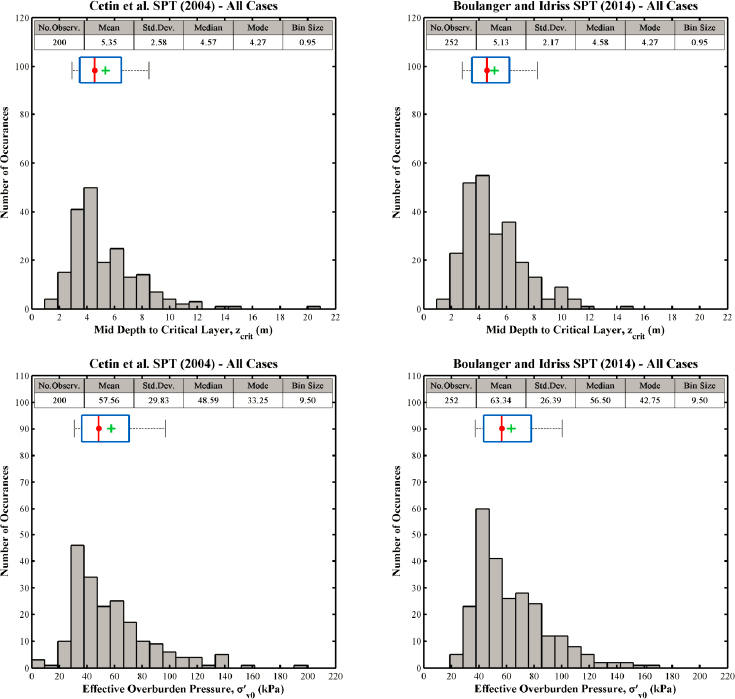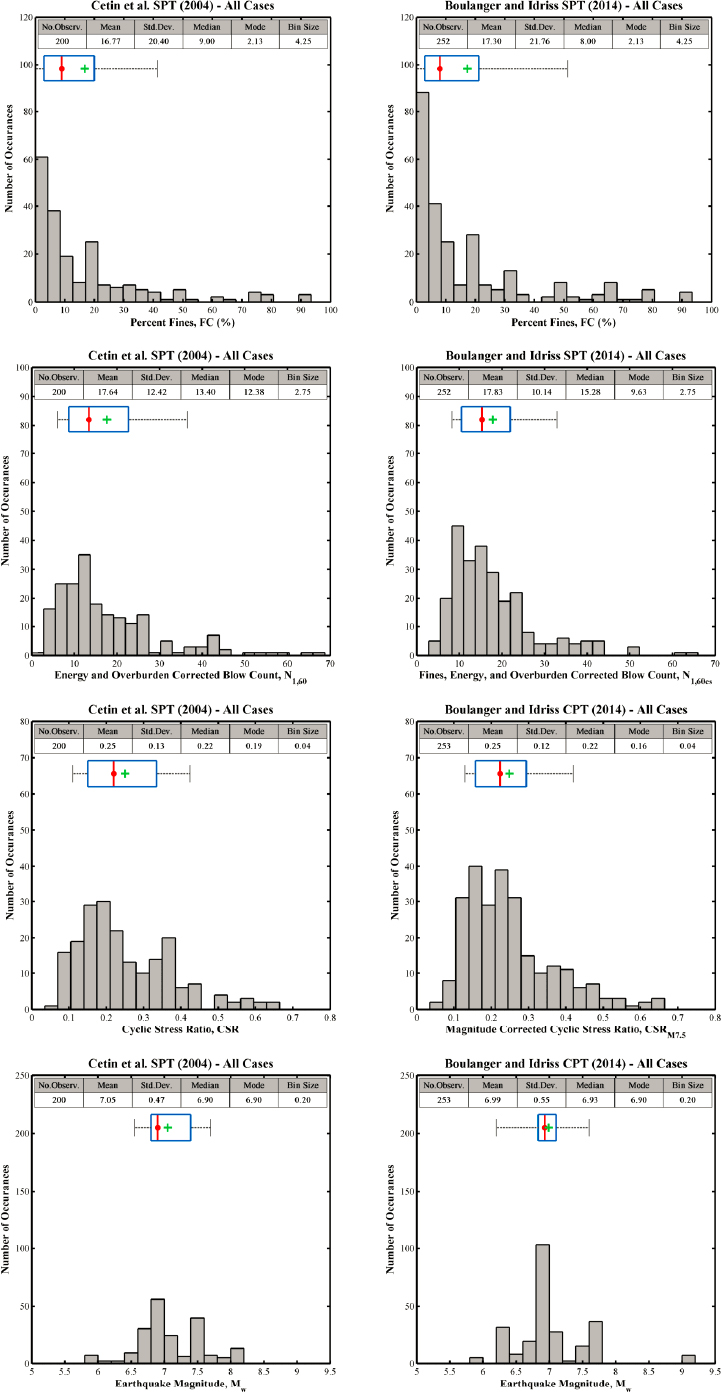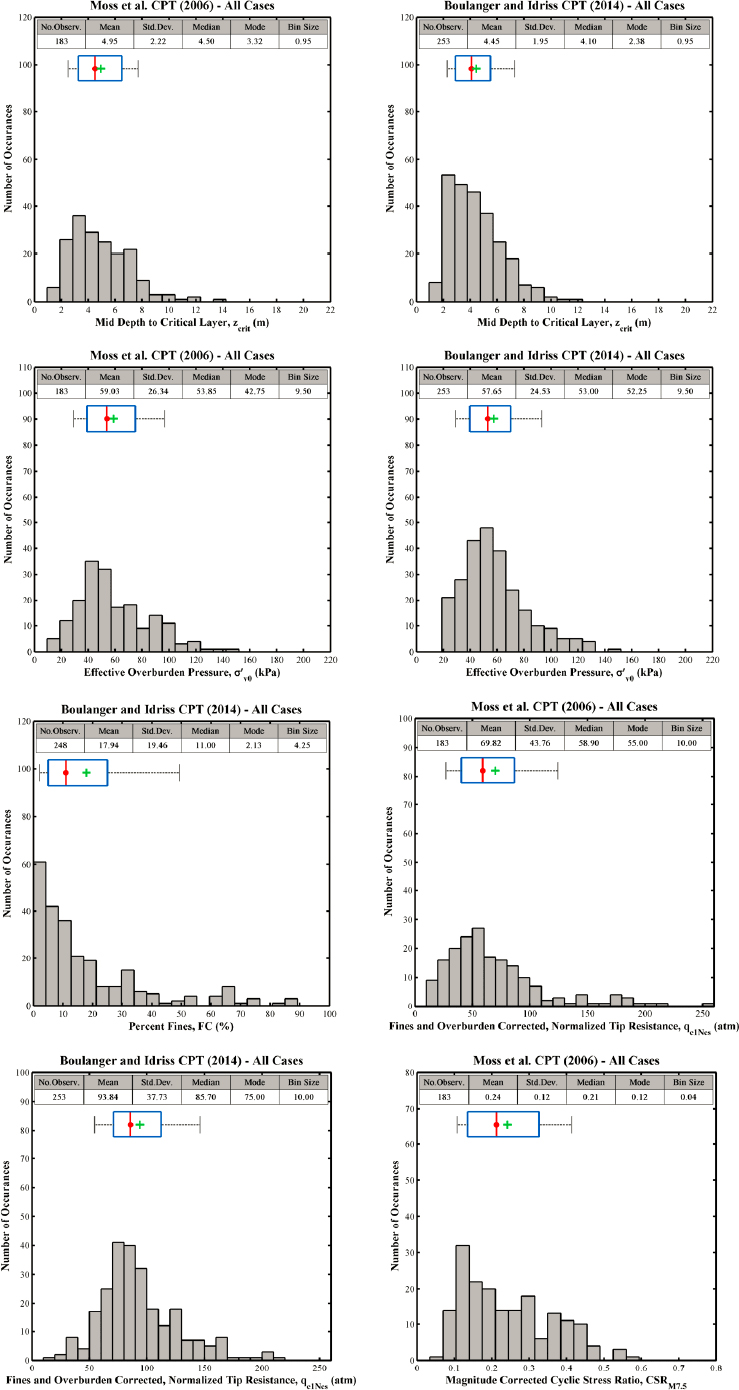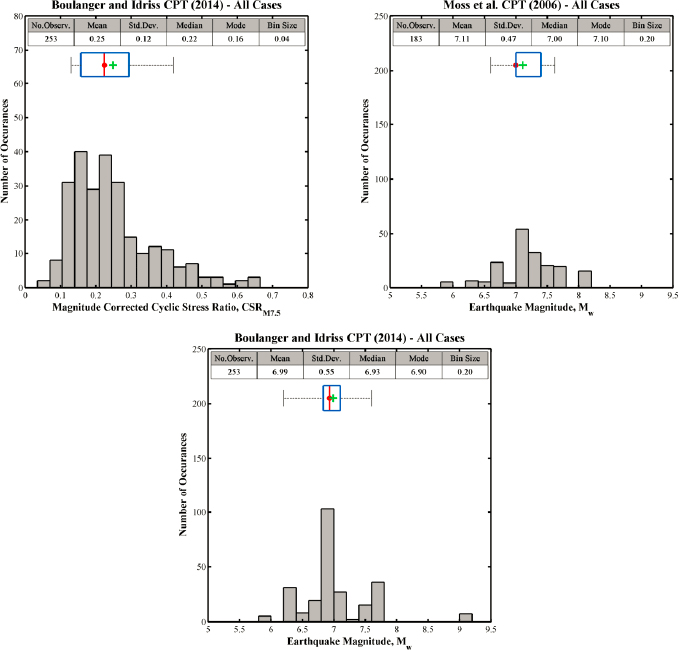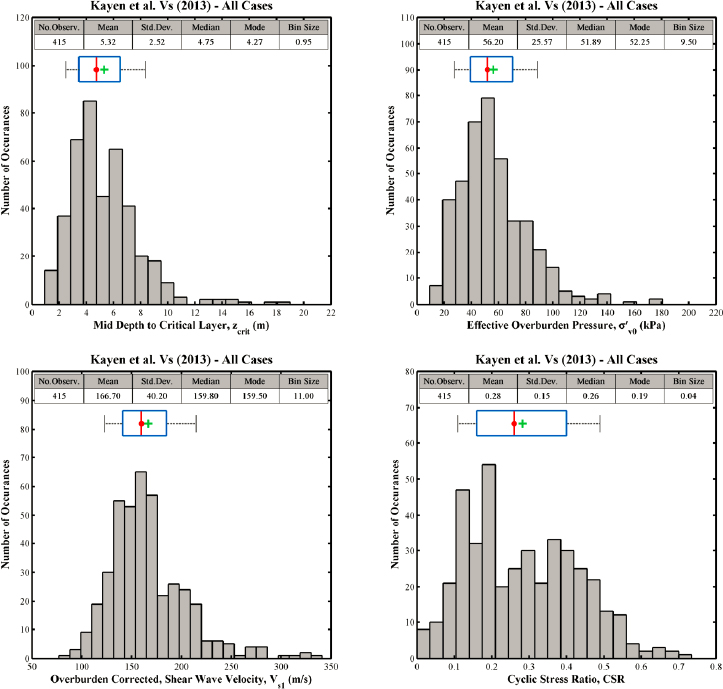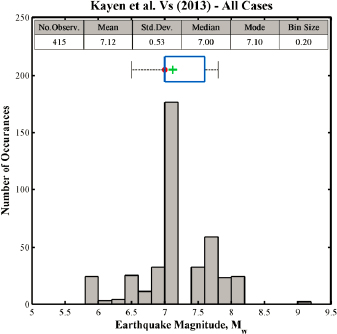
Earthquake-induced soil liquefaction (liquefaction) is a leading cause of earthquake damage worldwide. Liquefaction is often described in the literature as the phenomena of seismic generation of excess porewater pressures and consequent softening of granular soils. Many regions in the United States have been witness to liquefaction and its consequences, not just those in the west that people associate with earthquake hazards.
Past damage and destruction caused by liquefaction underline the importance of accurate assessments of where liquefaction is likely and of what the consequences of liquefaction may be. Such assessments are needed to protect life and safety and to mitigate economic, environmental, and societal impacts of liquefaction in a cost-effective manner. Assessment methods exist, but methods to assess the potential for liquefaction triggering are more mature than are those to predict liquefaction consequences, and the earthquake engineering community wrestles with the differences among the various assessment methods for both liquefaction triggering and consequences.
State of the Art and Practice in the Assessment of Earthquake-Induced Soil Liquefaction and Its Consequences evaluates these various methods, focusing on those developed within the past 20 years, and recommends strategies to minimize uncertainties in the short term and to develop improved methods to assess liquefaction and its consequences in the long term. This report represents a first attempt within the geotechnical earthquake engineering community to consider, in such a manner, the various methods to assess liquefaction consequences.
READ FREE ONLINE
